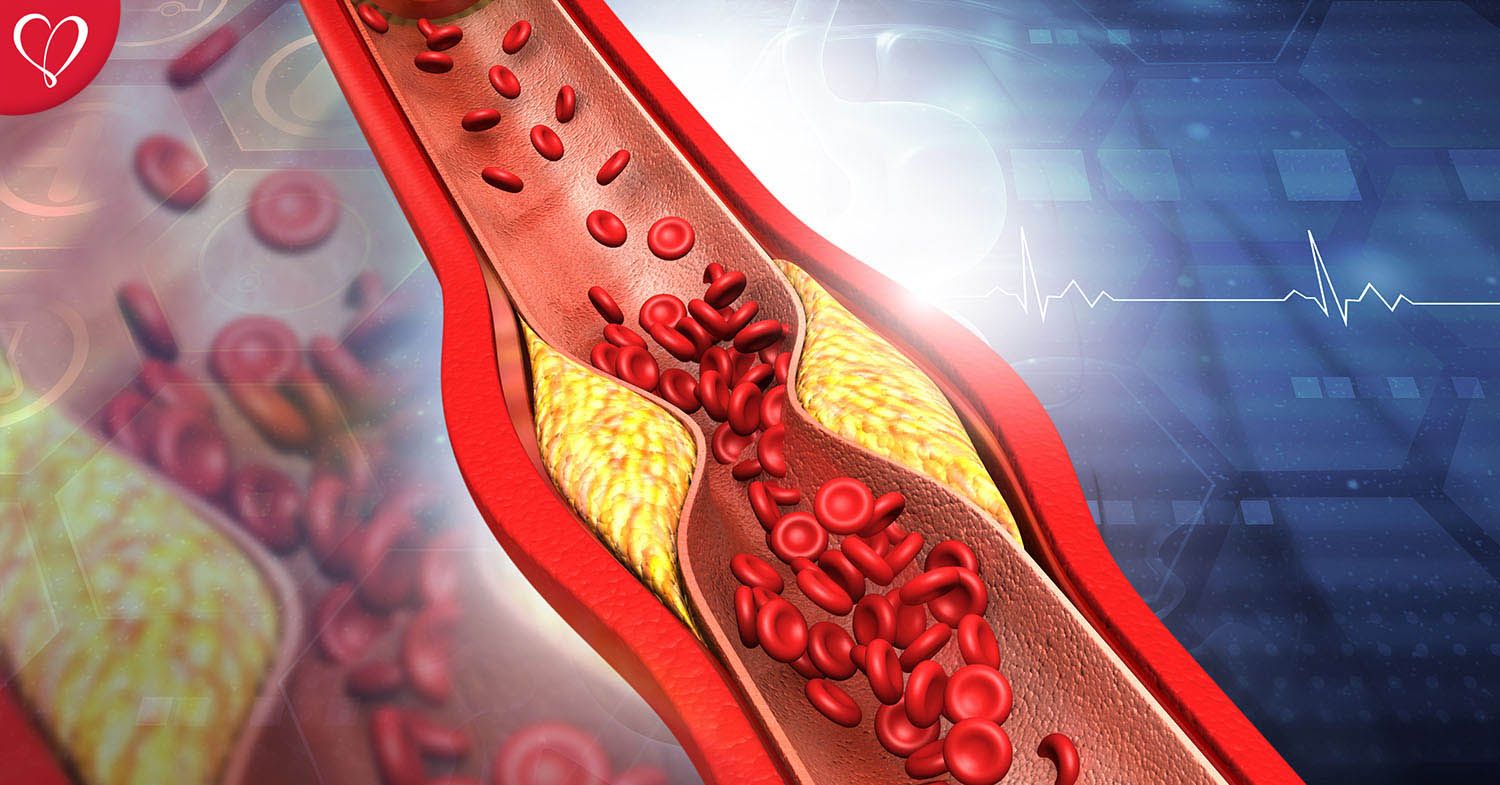Ischemic Heart Disease
What is Ischemic Heart Disease?
Ischemic heart diseases is caused by decreased blood flow to a specific area of the heart due to an artery that has suffered an obstruction.
Arterial obstruction could develop in a gradual manner or could be acute, sudden or abrupt. In the first case of gradual obstruction, this manifest clinically by chest pain that presents with increased physical activity and is relieved after 20 minutes of rest.
The second case in which the obstruction presents in an acute or sudden manner, manifests with chest pain during rest and the pain increases in severity, without improvement after rest, or medication and it persists for more than 30 minutes accompanied by sweating, nausea, shivers and sense of impending doom
Grupo Cardiovascular de Tijuana
NewCity Medical Plaza Hospital 29-02
P.º del Centenario 9580, Zona Urbana Rio Tijuana, 22010 Tijuana, B.C
Haga su cita desde aquí:
Cause of Ischemic Heart Disease
The cause of this alarming clinical presentation is the obstruction of an artery due to the rupture of an atherosclerotic plaque with the formation of a thrombus (acute coronary syndrome) and can manifest as;
- Stable angina
- Myocardial infarction
- Myocardial infarction without ST elevation
- Sudden death
It is important that with this type of medical condition the patient react quickly, seeking medical care immediately to prevent further damage to the heart.
Further observation is required to complete the clinical diagnosis such as evaluating pain duration of pain other accompanying symptoms what improves the symptoms and what worsens the symptoms.
The cardiologist will also evaluate other signs of cardiovascular compromise such as:
- Hypotension
- Abnormal heart sounds, murmurs, pulmonary congestion
- Changes in the EKG
- Abnormal cardiac enzymes (cpk-mb) lab exam
An echocardiogram will allow us to assess the function of the ventricles and the abnormal movements of the cardiac muscle and the presence of additional abnormalities secondary to cardiovascular compromise.

“The cardiac catheterism or angiography iss a study that allows us to observe the presence of obstruction in the arteries, to locate the injured vessel and focus all efforts to open or bypass the damage (coronary angioplasty) through the use of balloons or stent implants which are made of a metal mesh covered by a polymer that releases a medication and prevents a future obstruction of the injured vessel”
Grupo Cardiovascular de Tijuana
NewCity Medical Plaza Hospital 29-02
P.º del Centenario 9580, Zona Urbana Rio Tijuana, 22010 Tijuana, B.C
Haga su cita desde aquí:
Evaluation and diagnosis of ischemic cardiomyopathy
The clinical presentation is usually; chest pain that presents after increased physical activity or after a strong emotion, a stressful situation. this pain is oppressive in nature and increases with physical activity and decreases with rest and radiates to both shoulders and the jaw.
The first assessment is to determine the severity of the disease, this is done through an electrocardiogram, a stress test or a stress-echocardiogram with dobutamine.

The second assessment if any of the tests came back abnormal and the category is of high risk, is to conduct a cardiac catheterism to determine the anatomy of the heart, identification of the injured vessel, evaluation of the type of injury or obstruction (percentage of blockage, length of the lesion, presence of calcifications or thrombus).
After this thorough cardiac workup a procedure will be done to reestablish blood flow (angioplasty) or revascularization (bypass) of one or more vessels. Also we implement interventions to control other risk factors such as high blood pressure, diabetes and high cholesterol. In the ischemic cardiomyopathy service, we aim to repair cardiac injuries caused my myocardial infarction, reduce mortality and to prevent permanent damage to the heart muscle.
Contact us via Messenger or call us at 664-634-3139.


